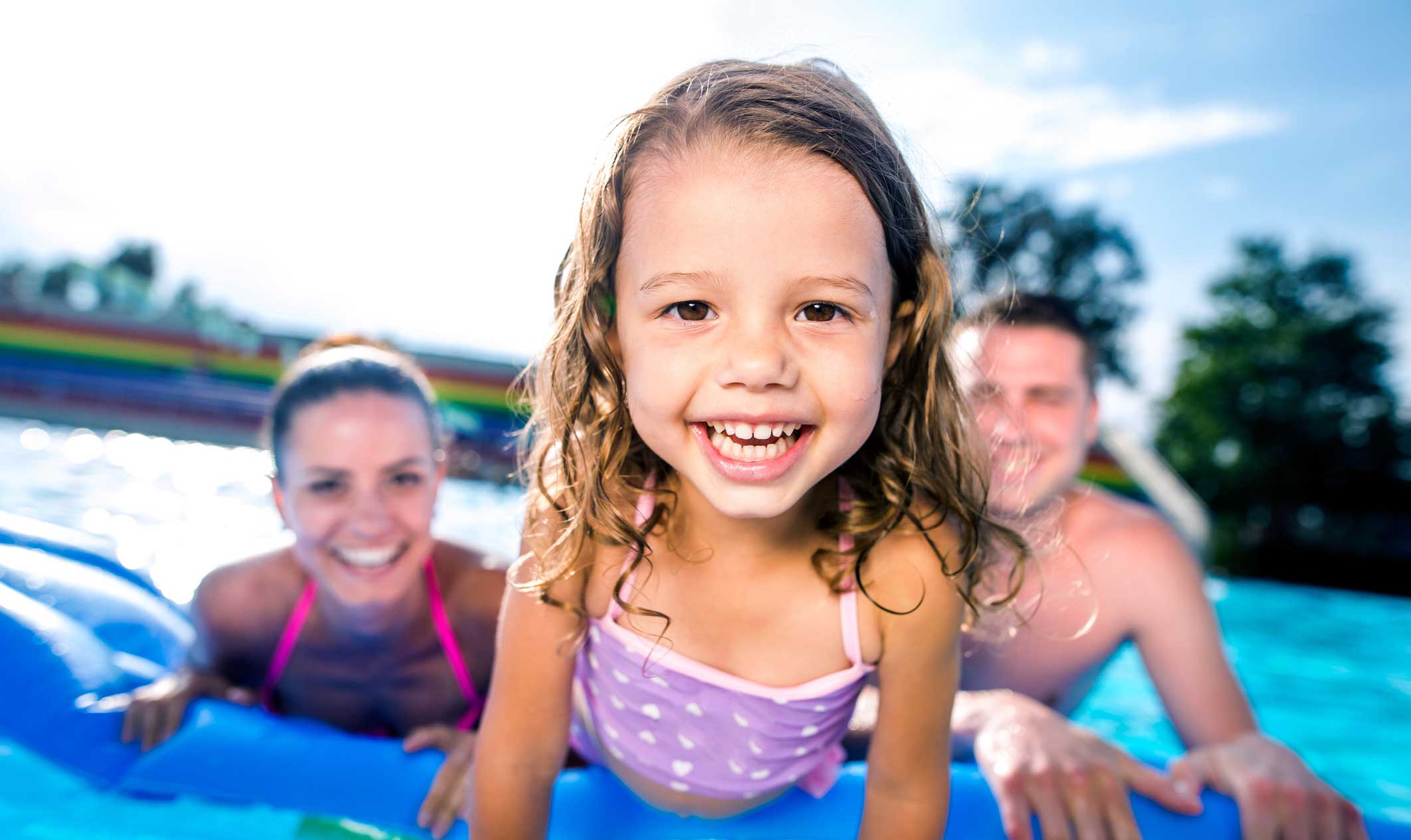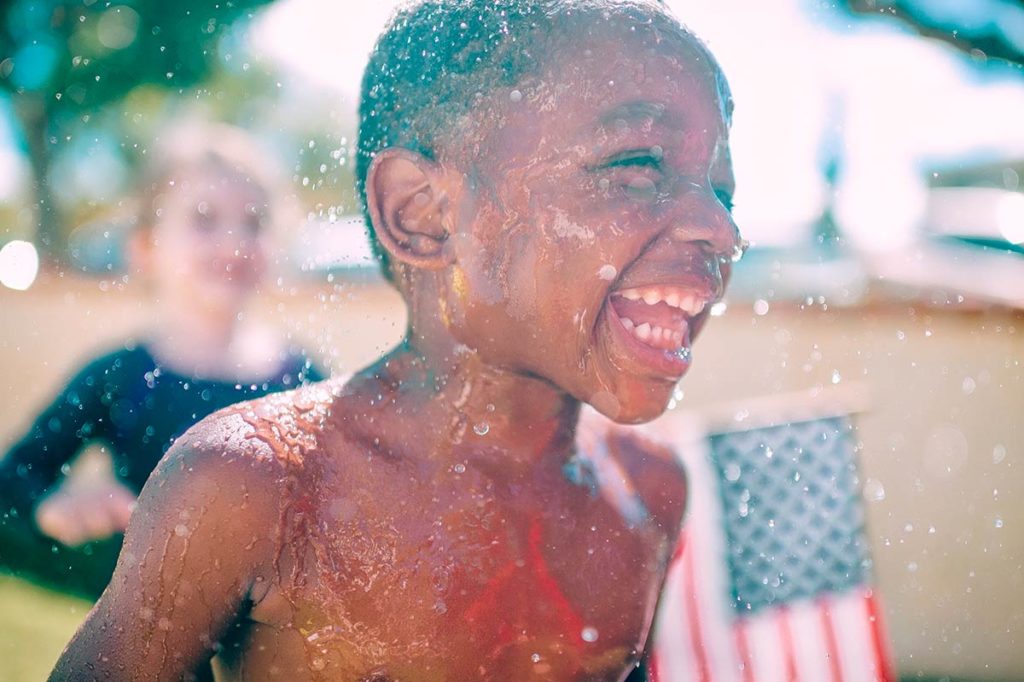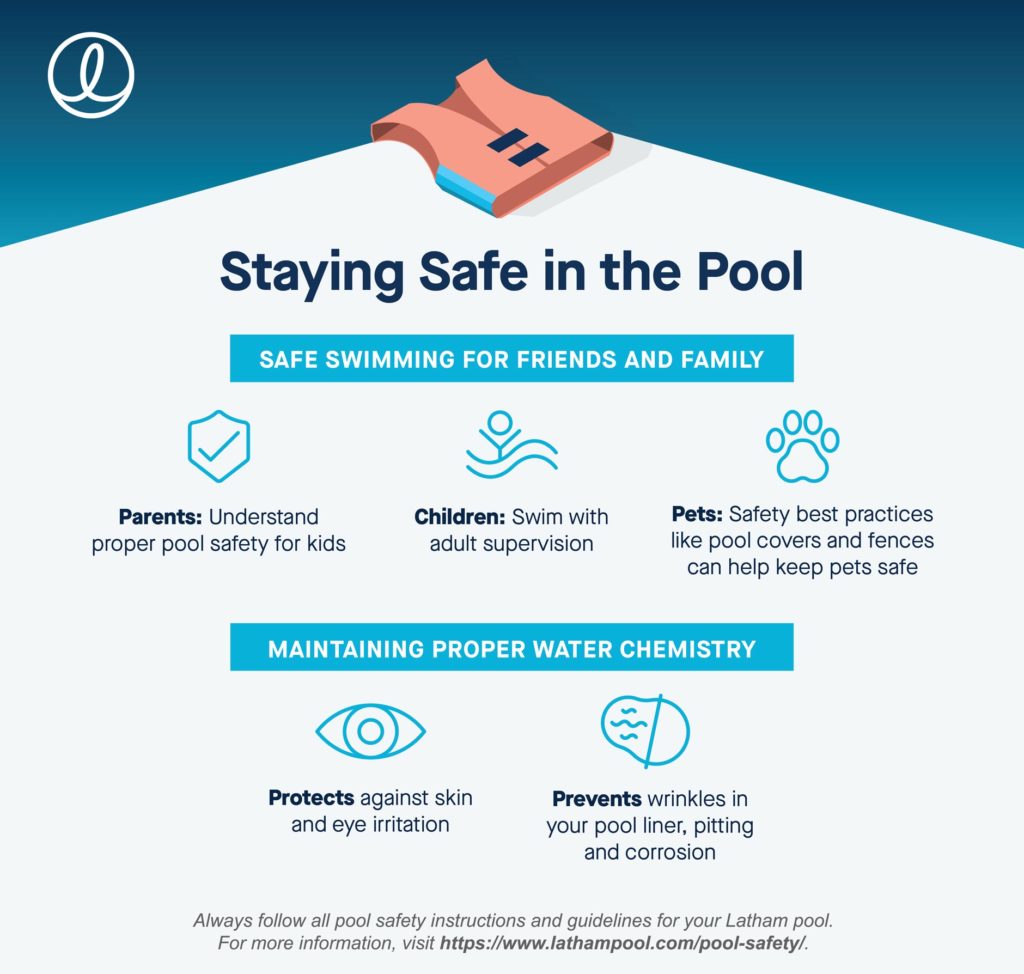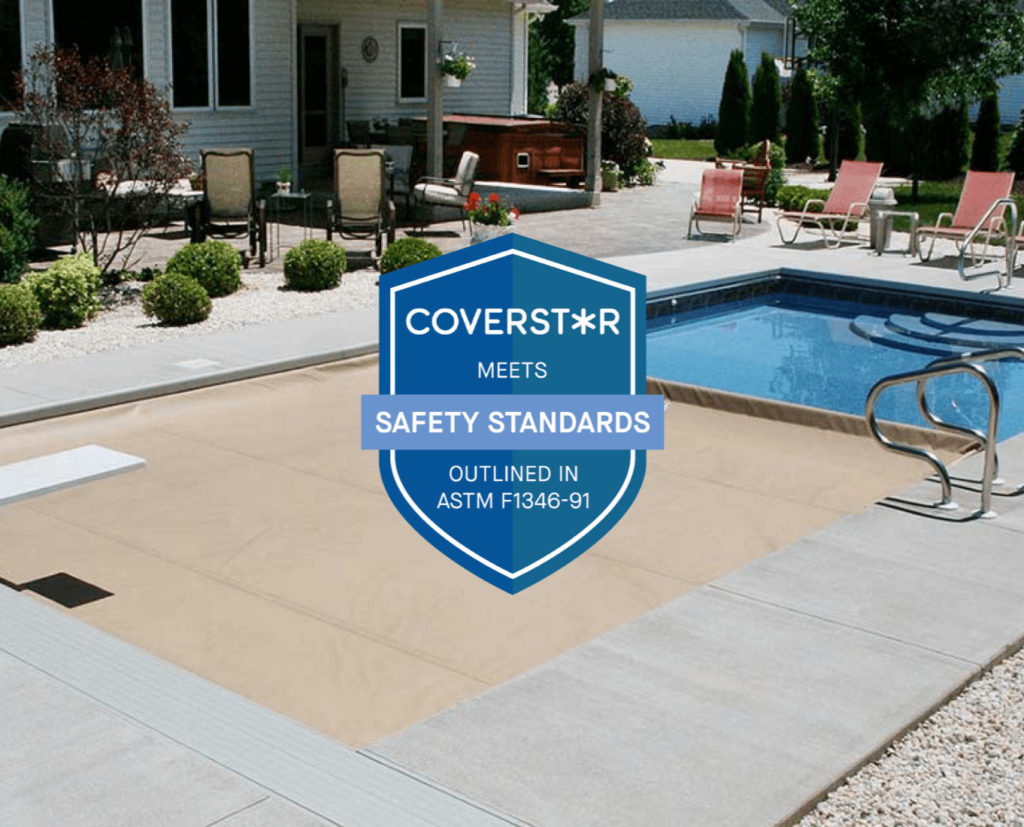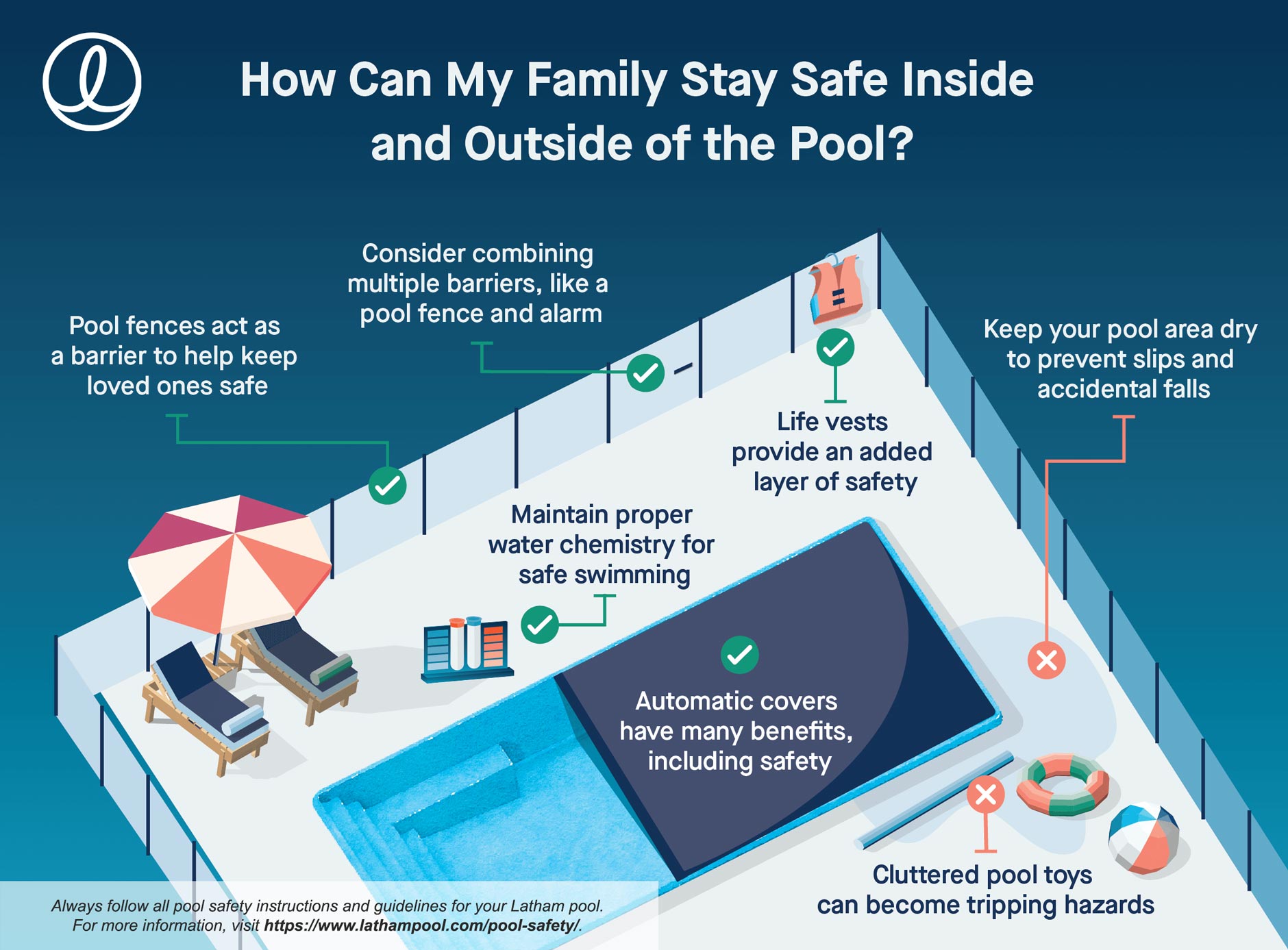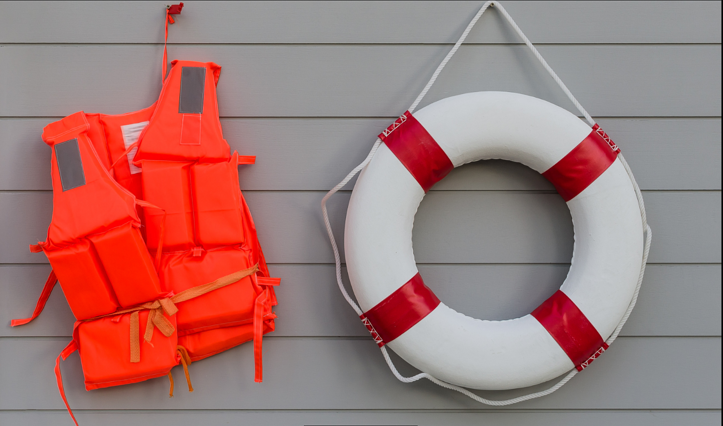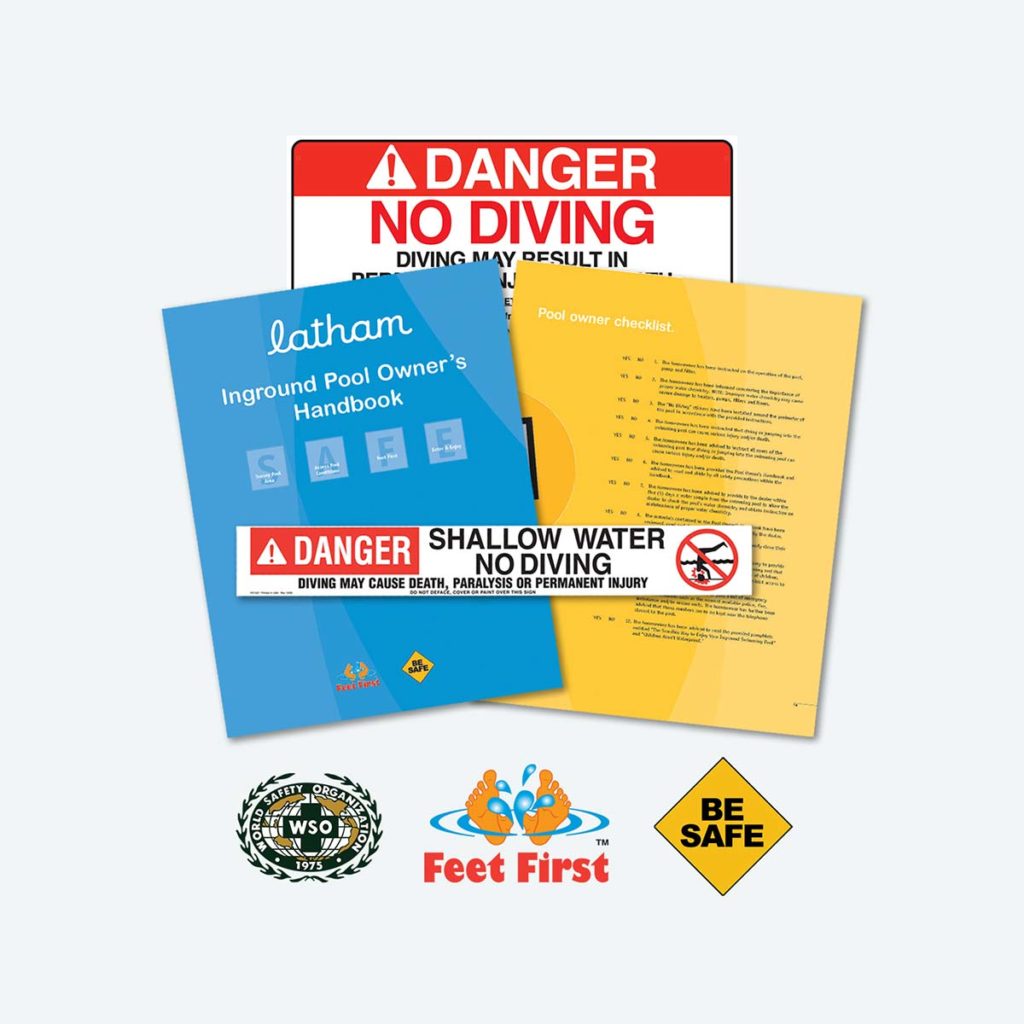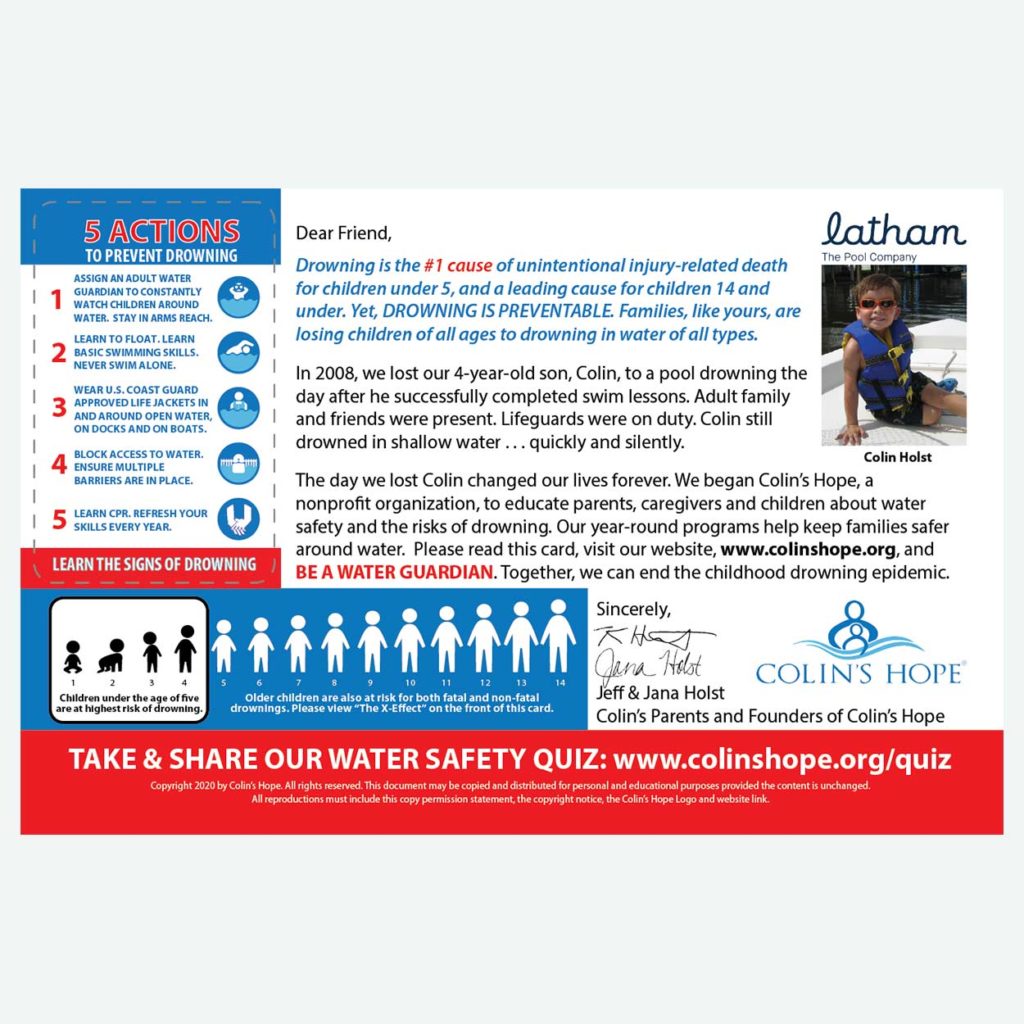Pool Safety
A swimming pool is a fun and exciting addition to your backyard and can provide countless hours of entertainment for friends and family. It’s essential for pool owners to understand best practices and pool safety to help family members stay safe inside and outside of the pool. This pool safety guide will give you guidance on protecting your family from common swimming pool hazards.
